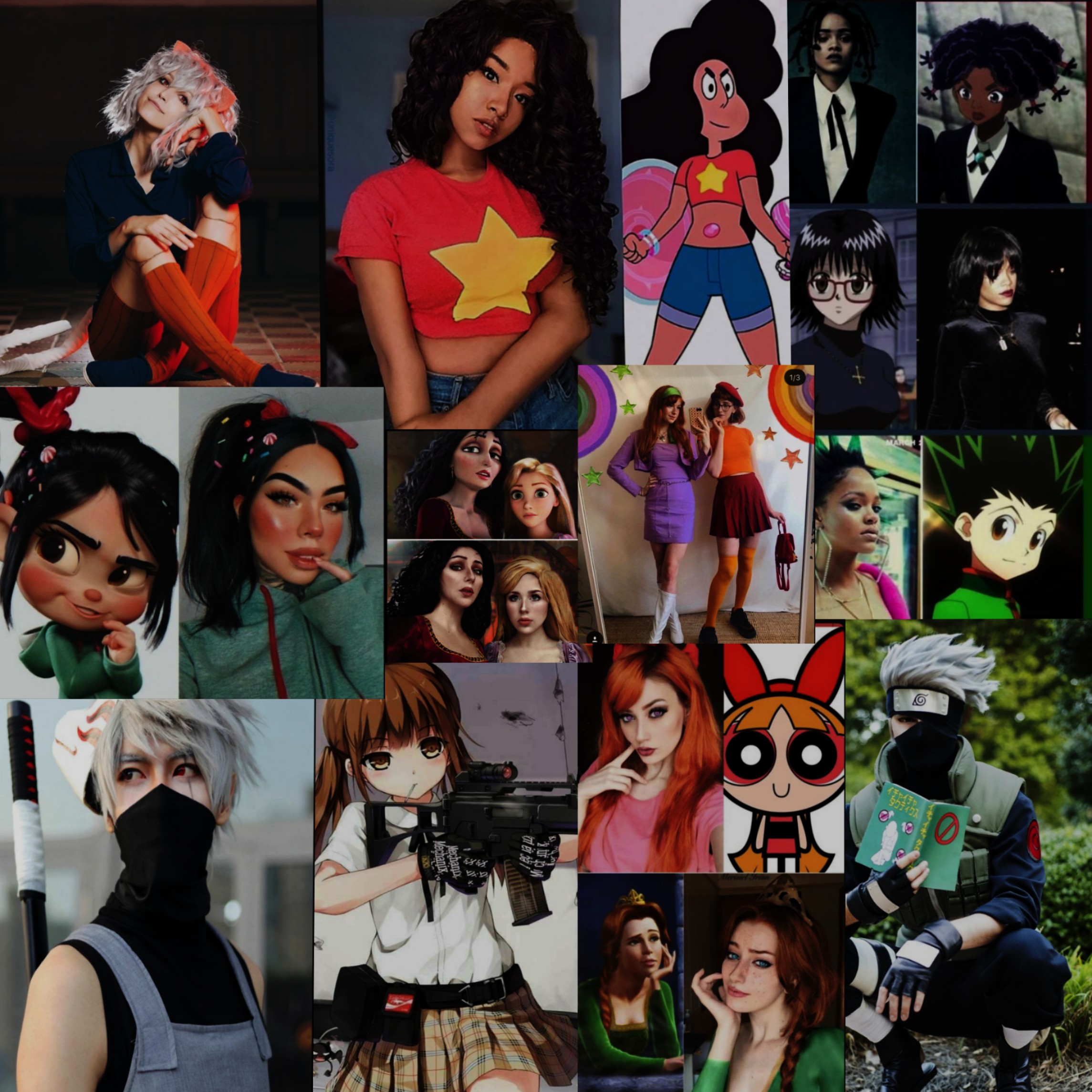Do you honestly remember the last time you dressed up as somebody else? It was probably your kindergarten fancy-dress competition where everyone got the first prize! If you look back upon it now, you will probably deem it puerile and absurd. However, for some people, it is a way of life, a way of expressing themselves. It is their identity. It is a cosplay.

Cosplay- the word itself is a portmanteau of "costume" and "play"- involves participants dressing up as characters from anime, manga, video games, TV shows and other media. Once in costume, cosplayers may attend conventions, take photos, enter competitions, perform theatrical routines or simply walk down the street with their friends.
The wonderful world of cosplay is host to an enchanting and enriching culture that may be somewhat intimidating to a novice interested in getting into what seems to be a fan-made club. Cosplayers, as a whole, are an exceptionally accepting group of people who welcome the creativity of others for inspiration. For these people, cosplay is more than just a hobby.
Within this subculture, there is a strong sense of community. Whether one enjoys sewing, modelling, or photography, there is always an opportunity to interact with others within the same fandom. There is a sense of unity. It's thrilling to see another person cosplay as the same character or another character from the same series. Group photos are taken, and 'fan service' is performed to get onlookers excited.
In some cases, cosplayers get together for occasions other than conventions. Those who enjoy making costumes, attend sewing parties to work on their costumes with other cosplayers and share construction tips. There are also cosplay beach parties and club events that are hosted by enthusiasts, which give cosplayers opportunities to wear their costumes in different locations.
Cosplay has existed in our society for a considerably long time. Masquerade balls were a feature of the Carnival season in the 15th century and involved increasingly elaborate allegorical Royal Entries, pageants, and triumphal processions celebrating marriages and other dynastic events of late medieval court life. Costumed public festivities in Italy during the 16th century Renaissance generally hosted elaborate dances for members of the upper classes.
Costume parties became popular 19th century onwards. Costuming guides of the period, such as Samuel Miller's Male Character Costumes (1884)or Ardern Holt's Fancy Dresses Described (1887), feature mostly generic costumes, whether that be period costumes, national costumes, objects or abstract concepts such as "Autumn" or "Night". Most specific costumes described are for historical figures although some are sourced from fiction, like The Three Musketeers or Shakespeare characters.
Despite tracing its origins to the 1939 World Science Fiction Convention in New York, cosplay has found its spiritual home in Japan. The term itself was coined by journalist Nobuyuki Takahashi in 1984, and the sheer volume of manga, games and anime that the country produces has kept cosplayers inspired for decades.
Over the years, however, cosplay has evolved into a global phenomenon. Cosplay is no longer limited to just sci-fi or anime but has branched into other categories, such as superheroes, cartoon characters, video game characters, and more. Similarly, Japan has integrated cosplay into their pop culture, especially in districts such as Harajuku and Shibuya. Cosplayers in these areas dress up daily, so it is not odd to see someone stand out amongst all the civilians around Harajuku. The World Cosplay Summit's stated goal is to promote international relations through Japanese popular culture, and the event has support from three government ministries. Competition organizers describe Japan as "the holy land of pop culture," and have invited entrants from across the world, including those from the countries of Saudi Arabia, Trinidad, and Tobago, Chile, and Bulgaria to take part.
Professional cosplayers generally either build and sell costumes and props to order or create content similar to YouTube and Instagram personalities. Chuu falls into the latter category, and spends her time building costumes, making videos and tutorials, following trends, making guest appearances and engaging on social media. Game or TV companies will also hire professional cosplayers to make appearances promoting their products at conventions.
Cosplay has evolved from masquerading into an art form. Although it can be considered mimicry, some individuals put their own creative twist on their costumes and overall appearance. What once was a hobby has allowed participants to make careers out of cosplaying, which demonstrates the prevalence of cosplay in society. It can no longer be considered 'dress up for adults'.
Cosplay is considered an art form because it's an artistic expression that empowers individuals as they transform into different characters. And just like all art forms, cosplay starts with a passion and turns into something tangible the moment an individual decides to make it come to life.